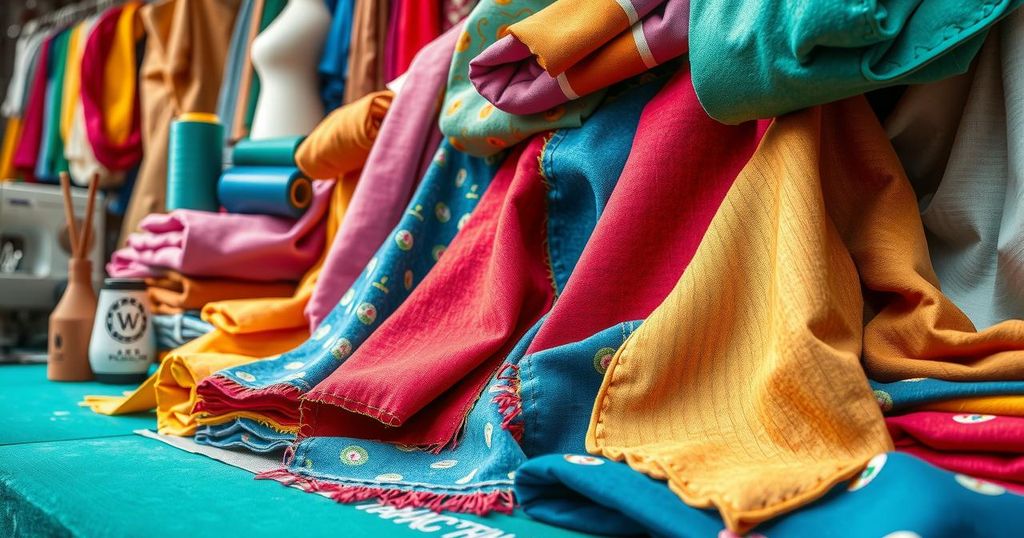Impact of U.S. Tariffs on Bangladesh and Sri Lanka’s Garment Industries
U.S. President Trump’s recent 37 percent tariff on Bangladeshi garment exports creates significant challenges for the economy, jeopardizing the jobs of millions. Bangladesh’s apparel sector, vital to its GDP, responds by seeking government support. Meanwhile, India may benefit from a shift in U.S. inquiries due to Bangladesh’s struggles, and Sri Lanka faces severe tariffs as well, summoning urgency for strategic action.
The recent enactment of a 37 percent tariff on Bangladeshi garment exports by U.S. President Donald Trump has sent shockwaves through the country’s apparel industry, which is grappling with domestic political instability. Prominent garment exporter Shahidullah Azim expressed disbelief, stating, “We knew something was coming, but we never expected it to be this drastic.” He added that this decision would have dire consequences for businesses and the thousands of workers they employ.
In the wake of this tariff, garment suppliers in Bangladesh, which serves major clients like Gap Inc and VF Corp, urgently sought government assistance to mitigate the impact. Many companies are advocating for negotiations with U.S. officials in an attempt to retain foreign buyers amid rising costs. The readymade garments sector is imperative to Bangladesh’s economy, comprising over 80 percent of export earnings and employing approximately 4 million individuals.
Last year’s upheaval surrounding Prime Minister Sheikh Hasina’s ousting compounded the challenges facing the industry, further diminishing its prospects for recovery. Azim’s company, which employs 3,200 workers, faces potential order cancellations that could undermine Bangladesh’s competitive position in the global market.
As discussions with the U.S. continue, Shafiqul Alam, the interim government’s press secretary, emphasized Bangladesh’s strong trade ties with the U.S., categorizing it as a “close friend” and indicating that the resolution of the tariff issue is under serious consideration.
Conversely, this setback for Bangladesh may present an opportunity for India. Anwar-ul-Alam Chowdhury, of garment manufacturer Evince, noted increased inquiries from U.S. suppliers towards India, which now benefits from a significantly lower tariff of 27 percent. Although India’s share of U.S. garment imports is relatively modest, there is a noticeable trend of U.S. brands considering a shift to Indian manufacturers due to Bangladesh’s political turmoil and new tariffs.
Sri Lanka, facing an even steeper tariff of 44 percent, also stands to lose substantially. Approximately 40 percent of its apparel exports are directed to the U.S., contributing $1.9 billion to its economy. The Sri Lankan government has initiated a panel to address the potential repercussions of these tariffs, emphasizing the urgency of the situation. Yohan Lawrence from the Joint Apparel Association Forum remarked, “Sri Lanka could very quickly see its share of U.S. business move to countries with lower tariffs,” highlighting the dire need for a strategic response.
The imposition of tariffs by the U.S. represents a severe challenge to Bangladesh’s garment industry, threatening its substantial contribution to national exports and employment. Concurrently, it provides India a potential advantage in the garment market, while Sri Lanka faces similar risks that could compromise its share in U.S. textile exports. Urgent governmental and industry responses are essential to mitigate the fallout from these tariffs, ensuring both Bangladesh and Sri Lanka can navigate this economic turmoil effectively.
Original Source: www.businessoffashion.com








Post Comment